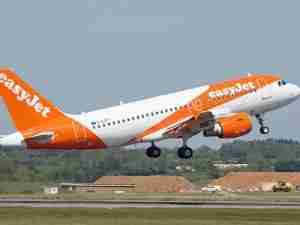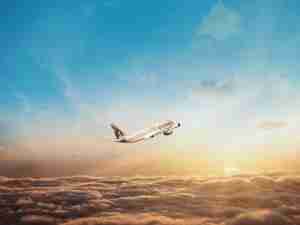Analysts can't yet say how far the loss of the first new passenger jet since the fall of the Soviet Union will damage the rebirth of Russian aviation, but agree it deals a psychological blow at a time when domestic air safety is also under scrutiny.
The aircraft was on a promotional tour to showcase Russia's arrival as a peer to regional jetmakers like Brazil's Embraer or Canada's Bombardier, with Russia especially anxious to shake off the poor safety reputation of its earlier Soviet domestic fleet.
With so much national pride invested in Russia's relatively young aircraft project, the crash is likely to shake the confidence of the industry in a way that would be less common among Western firms whose accident rate is statistically lower.
That could change if investigators find no technical fault.
"If it was pilot error then it is not a huge blow to the Russian aerospace industry. However if it was a technical problem with the aircraft, then it could really affect customer perception of the aircraft and order capability," said Tom Chruszcz, a director at the ratings agency Fitch.
President Vladimir Putin, who completed a job swap with former president Dmitry Medvedev to start a new six-year term on Monday, championed the development of Sukhoi's Superjet regional airplane during a previous stint as Russian leader.
Analysts say Putin wants to revive the aerospace sector, shattered by the collapse of the Soviet Union, to demonstrate Moscow's industrial clout abroad and help project the Kremlin's authority to voters inside Russia.
Built by the former Soviet Union's largest warplane maker, Sukhoi's Superjet is a 78- to 98-seat regional airliner designed for sale on a global market which has historically shied away from Russian-built jets for safety reasons.
Russia has declared ambitions to sell $250 billion worth of aircraft by 2025 and overtake even Soviet-era output records to compete with the U.S. and European giants.
Sukhoi's sister company Irkut -- both are part of a giant state aircraft holding company forged by Putin and known as United Aviation Corporation -- has matched China in developing a 150-seat airliner called MS-21 to rival Airbus and Boeing jets.
The disappearance of a Superjet from Indonesian radars during a demonstration flight near a volcano coincided with a Victory Day military parade on Moscow's Red Square, where Putin promised to promote Russia on the world stage.
"If this is a catastrophe, then, of course, it's bad for Russia's image in the world, given also that last year was unlucky in terms of air safety," Boris Rybak, director of Moscow thinktank Infomost, said, speaking before rescuers located the wreckage and reported no sign of survivors.
Fighter Factory Restored
No industrial effort better symbolizes Moscow's push to restore national pride than Sukhoi's Superjet and its factory, which Reuters visited when the aircraft was inaugurated in 2007.
The eastern city of Komsomolsk-on-Amur in Russia's Far East was once sealed off from the outside world as a nerve centre of Soviet submarine and fighter production.
But its economy collapsed when orders and government cash dried up at the end of the Cold War and Sukhoi fighter engineers resorted to making children's bicycles, say local guides.
The Superjet restored jobs and commercial prospects to an abandoned corner of the plant as a jet designed for Westerners slowly took shape beneath peeling Soviet frescoes -- yards from the continued trickle of Sukhoi Su-27 combat jet production.
Its long-deserted civil airport terminal, a museum of mosaics and vintage weighing machines, was re-opened to allow investors and foreign media to witness the Superjet's rollout.
"The Superjet is more than a plane; it is a priority project," First Deputy Prime Minister Serge










